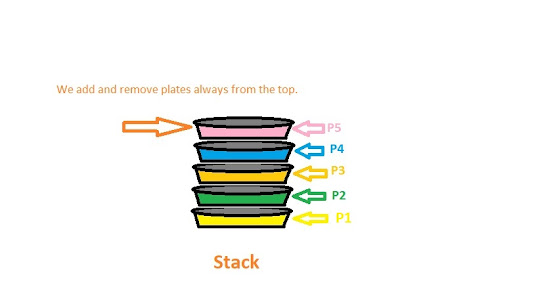Community Detection Algorithm (Leiden Algorithm in Python)
Community Detection Algorithm (Leiden Algorithm in Python) The Leiden algorithm is a powerful community detection algorithm that is based on the concept of modularity. It is an improvement over the Louvain algorithm, which is a popular algorithm for community detection. The Leiden algorithm is able to identify communities of different sizes and densities and is able to identify overlapping communities. The first step in the Leiden algorithm is to initialize the communities. This can be done randomly or by using some other method. The next step is to calculate the modularity of the network. The modularity is a measure of the density of links within a community compared to links between communities. The higher the modularity, the better the clustering of the network. Once the modularity is calculated, the Leiden algorithm then proceeds to optimize the clustering. It does this by moving nodes between communities in a way that increases the modularity. The algorithm repeats this process un...
